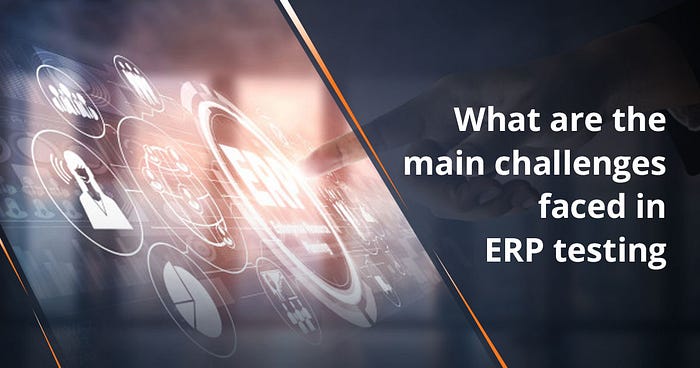Today, enterprises are facing a multitude of challenges such as a rapidly changing technology landscape, a plethora of customer touchpoints in an omnichannel environment, rising customer expectations, and budget constraints, among others. To meet these challenges as well as to create value and deliver quality software, enterprises need to follow a robust software quality assurance strategy. However, these would entail using scalable and reusable assets to test and integrate the software modules in the SDLC.
Shift-left testing in the Agile model of development allows for testing alongside development and has the ability to detect glitches before the code goes into production. In a day and age where enterprises are required to deliver top-notch quality products in quick succession and provide periodic updates to let them function in an omnichannel environment, quality engineering is the way ahead.
By taking a quality engineering approach, enterprises can ensure the software product aligns with the business objectives and meets the quality standards. It ensures the product is designed in such a way that glitches or vulnerabilities are eliminated, and the final product emerges sans any performance issues.
Quality engineering has assumed increased salience due to the rising incidences of cybercrime. It is common knowledge that cybercrime is able to spread its tentacles due to the prevalence of glitch-prone software applications, not to speak of a user base indifferent to the requirement of stringently following the security guidelines. QE services can integrate various checks and balances in the software hierarchically to minimize the impact of cybercrime. Any software quality engineering services would involve the following (and more).
- Uphold the quality of the product or service as per the project specifications, quality standards, and business requirements
- Plan the quality assurance strategy
- Data collection and analysis
- Detection of defects
- Identification of risks in the value chain
- Analysis of the end-user feedback to enhance the quality of the product
Reasons to implement quality engineering
To further add to the points mentioned above, enterprise quality engineering needs to be implemented in the SDLC for the following reasons:
- To achieve the highest quality for the software product
- To ensure that all business requirements are met
- To minimize the chances of software failure due to the presence of glitches, bugs, or vulnerabilities
- To avoid expenses on implementing changes on the product after its release
- To deliver superior customer experiences and increase customer satisfaction
Core service offerings of digital quality engineering
Quality engineering is comprehensive in its scope and touches every aspect of software development. The core offerings may include
Agile/DevOps testing: Testing of the code is conducted simultaneously with development and includes the operations as well.
Service virtualization: Since various test variables are not always available in real-time, their absence may impact the quality of testing negatively. Thus, using service virtualization, the required assets can be generated virtually and used in the testing process to deliver better outcomes.
Security testing: An essential part of DevOps, security testing is about identifying the vulnerabilities in the product/system and fixing them to prevent the ingress of malware.
Test automation: Manual testing can be exhaustive for testers and may allow the inherent glitches in the software application to escape their attention. However, by automating the testing process, certain repetitive tests like regression testing can be conducted non-stop leading to better identification of glitches.
How to formulate a result-oriented strategy for quality engineering
To empower the digital transformation journey, enterprises need to re-engineer their QA and testing processes and implement software quality engineering in the following ways:
Integrate quality at the top: Any quality engineering company would entail buy-in from its management to implement changes in its workflows, tools, teams, and methodologies. At the same time, the management can let the workforce know about the benefits of implementing quality engineering and adopting the new system.
Make test automation an integral part: QE services have to run continuous testing on the software application to validate its quality against various metrics. Continuous testing shall involve people, processes, technologies, and tools. Here, test automation can be a handful while checking repetitive processes like regressions when a new change is introduced to the code. Further, writing the right test script to execute automated testing would require the selection and usage of the right tools.
Collaborate with teams: As digital quality engineering may need developers to function as testers and vice-versa, there should be a synergy among cross-functional teams. QE is also about driving accountability across processes to ensure quality by using the right technologies and tools.
Use of AI and ML: The implementation of the QE process may include the integration of AI and ML technologies for better analysis of real-time data, metrics, reports, and logs leading to the prediction of glitches.
Conclusion
Quality engineering has become a critical part of the software development process given its myriad benefits and the capability to eliminate glitches beforehand. It ought to be adopted by enterprises to develop and deliver quality products.
Article Source:





